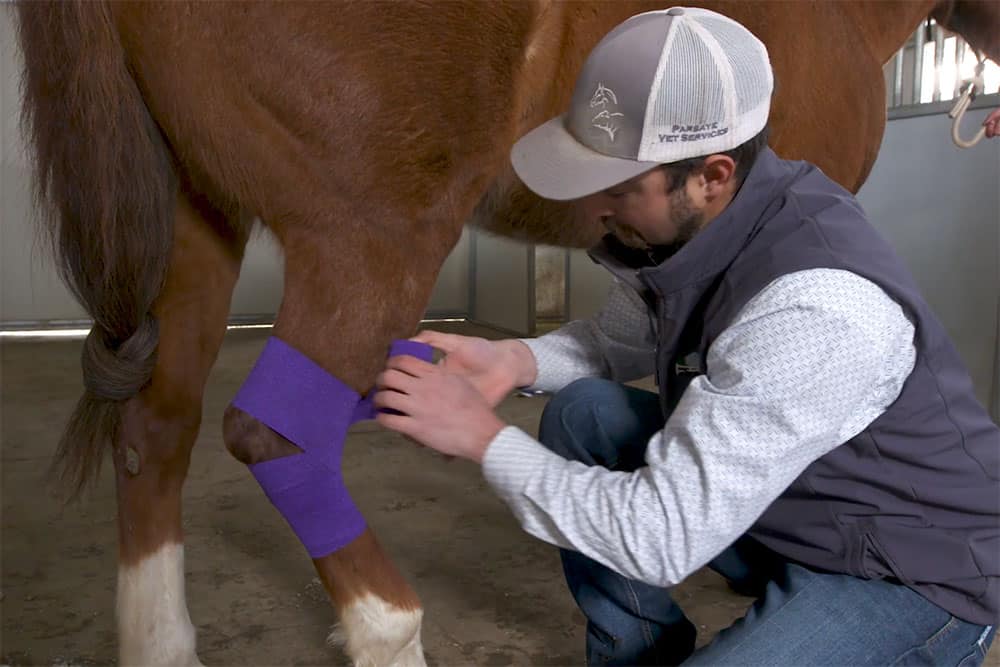
Common Causes of Lameness in Horses
Horses can go lame for a variety of reasons. Here are 4 common causes of lameness and their treatment options.

Horses can go lame for a variety of reasons. Here are 4 common causes of lameness and their treatment options.

Comparing ligament striations in opposite limbs via ultrasound to determine if changes are normal versus tears could lead to misdiagnosis.

Veterinarians share their advice for preventing lower-limb problems and rehabilitating injured horses, from therapies to back-to-work schedules.

MRI imaging of the stifle joint has shown evidence of injuries to a variety of soft and hard tissues.

Practitioner technique and skill determine the value of ultrasound images of the suspensory ligament.

Look for educational information about soft tissue injuries in horses on TheHorse.com starting November 21.

Follow these steps to clean and treat minor horse wounds.

A veterinarian explains the risk factors and recovery process for superficial digital flexor tendon injuries.

A young Quarter Horse reiner undergoes treatment for a left-hind proximal suspensory ligament injury.

Wrapping a hock can be difficult, but these tips from a veterinarian can help.

Create a basic equine first aid kit to prepare for minor injuries and be better equipped for an emergency.

The right treatment can help prevent serious infections and unsightly proud flesh.

Bonny Henderson, DVM, CERP, describes how extracorporeal shock wave therapy (ESWT) works to treat and even prevent injuries.

The donor-derived compound could offer an alternative to traditional antibiotics for treating bacterial infections.

Body and leg wounds treated promptly with MSCs originating in the mouth heal better than untreated wounds.

Equine researchers tested the treatment approach, which is commonly used in human diabetes patients.
Stay on top of the most recent Horse Health news with
"*" indicates required fields